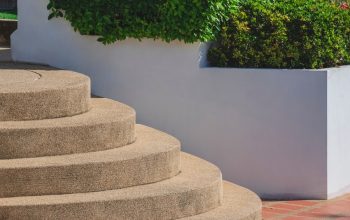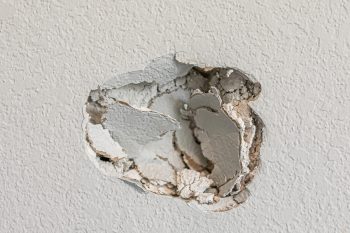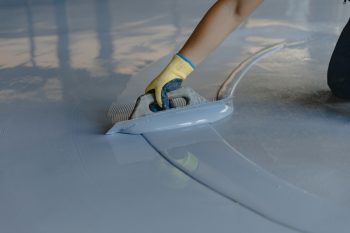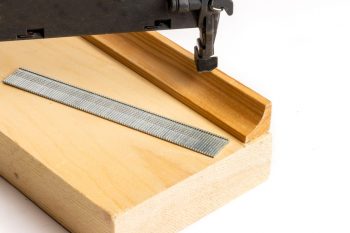
An inexperienced painter might assume that floor and wall paint are the same, but they’re not.
Manufacturers make each paint with different compositions and standards for specific uses. While floor paint is made to paint floors, wall paint is for walls; you should not interchange the two.
Using the wrong paint for your walls or floor can lead to issues such as peeling, which will be expensive to fix.
Understanding the differences between floor and wall coatings is crucial to ensure you use them correctly.
For instance, while most wall paints are ready to use after stirring, some floor paints require significant preparation time.
Floor and wall coats are different and should be used only for their intended purposes. Some of their key differentiating factors include:
- Durability
- Method of application
- Preparation before painting
- Top coats
- Color variety
- Number of coats
Read on as we look into each aspect deeply.
This article discusses the differences between floor and wall paint to help you make the right choice for your painting project.
Differences Between Floor and Wall Paint
Understanding the differences between floor and wall coat can be instrumental in helping you avoid common painting mistakes.
Let’s look at the key differentiators between the two types of paints.
1. Durability
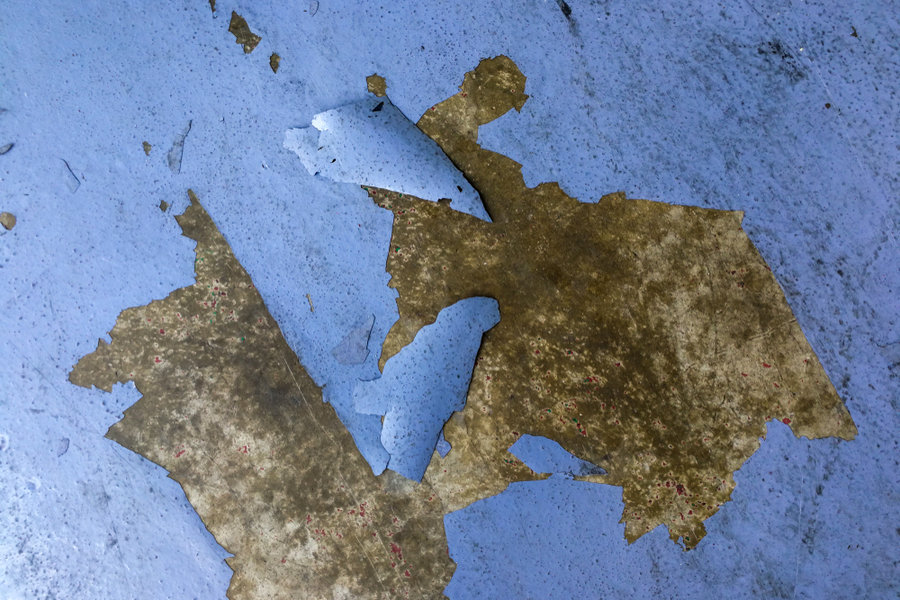
High-quality wall and floor paints are durable but in different contexts. Manufacturers add components to wall paint that allow occasional washing but not handling foot traffic.
Wall paints are essentially for aesthetics and can easily be dented on impact.
If you paint wall paint on the floor, it will flake and peel because it’s not formulated to handle even light foot traffic.
On the other hand, floor paints are engineered to handle foot traffic and resist damage from abrasion and impact. They also have anti-slip properties that wall paints lack.
While you can apply floor paint on a wall, it might not be aesthetically pleasing as wall paint.
2. Method of Application
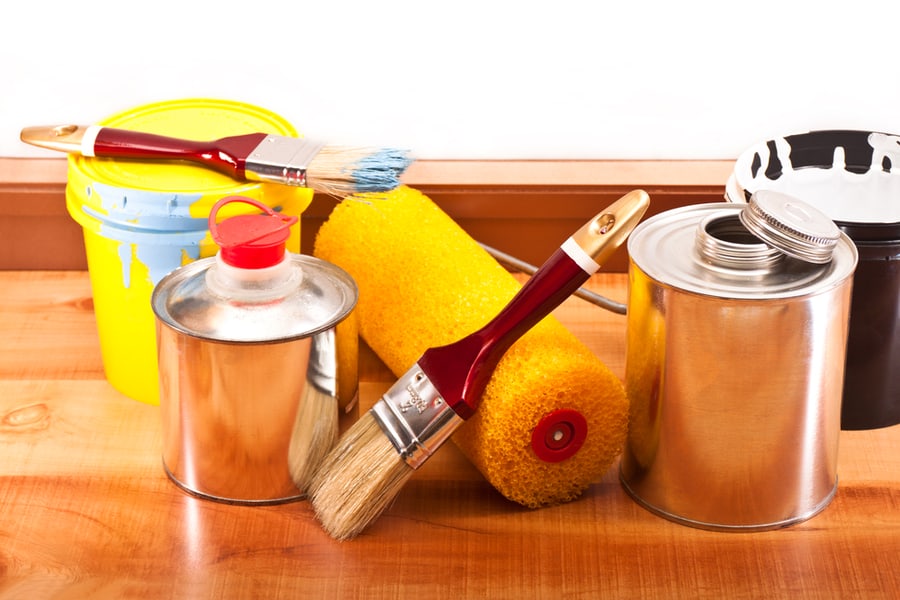
Most floor paints are thick, so you might need to add paint thinner for easy application. Contrarily, adding thinner to wall paint is not necessary because wall paints are viscous.
However, you can add a compatible paint conditioner to help the paint flow easily and help you avoid brush marks.
3. Preparation Before Painting

There is no mixing required when using wall paint. This is because most wall paints are usually ‘ready to use.’
You only need to shake the tin or stir thoroughly to ensure a uniform mixture because some components may have settled at the bottom.
In comparison, floor paint with epoxy resin comes in either a single-pack or two-pack system. The single-pack option is ‘ready-use,’ therefore; it doesn’t require special preparation.
You only have to shake the tin properly to get a homogenized mixture.
As the name suggests, the two-pack system comes as two tins, one containing a base and the other an activator.
The components require thorough mixing using a paint stirrer or a slow-speed paddle mix attached to a mechanical drill. To obtain a homogenous mixture, you have to stir for about 2-3 minutes.
Extreme caution is necessary when mixing the two-pack components because any mistake might cause the paint to dry prematurely or fail to dry completely.
4. Top Coats

For wall paints, the choice of the top coat is mainly for aesthetics and to prevent mold/mildew growth.
Therefore, most wall paint top coats tend to add shine or glimmer.
On the other hand, while some floor paint top coats are for aesthetics, most are for enhancing durability and adding anti-slip aspects.
5. Colour Variety

There’s a wide of colors when it comes to wall paints.
You can even mix different paint colors to create a customized color for your walls, depending on the color palette you’re looking to bring to life.
There is a narrower range of colors to choose from when it comes to floor paint. However, this is changing due to customer demand and evolving trends in interior design.
6. Number of Coats
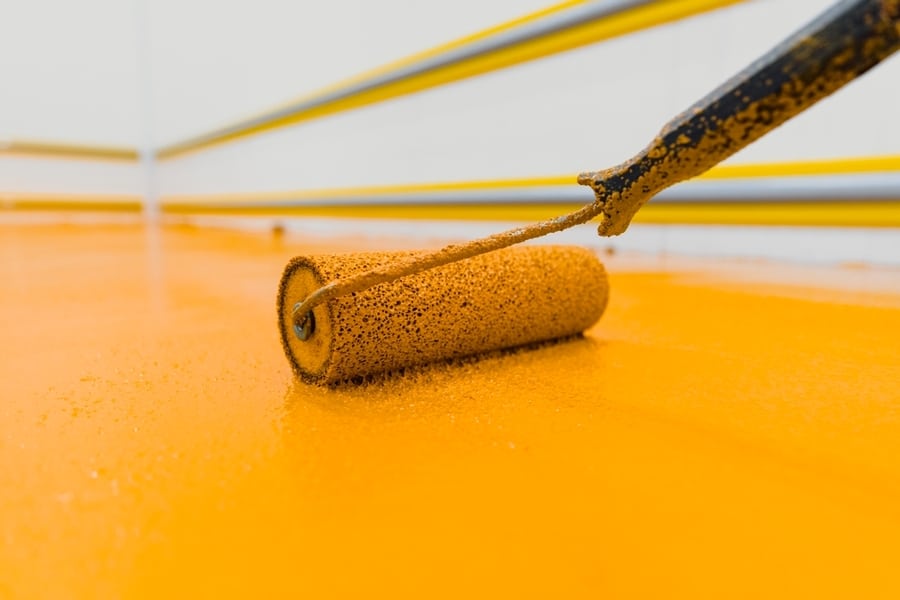
Typically, you’ll need one or a maximum of two coats of floor paint. However, you might need two or more coats to achieve the desired color depth for wall paint.
Conclusion
As you can see from the article, floor and wall paint are not similar, and you should not use them interchangeably.
Painting wall paint on a floor means you’ll have peeling and flaking floors within a short time. Even in their preparation and application, you must distinguish them to get the best results.
Frequently Asked Questions
Can You Use Wall Paint on Concrete Floors?
No. It is best to use masonry paint on concrete floors because it contains a unique formulation to contract and expand with the concrete.
Ordinary floor paint will not cut it for concrete floors.
How Many Floor Paint Coats Do I Need?
You’ll only need to apply one or two coats of floor paint.
However, this might depend on the look you want to achieve and the condition of your floor.
Can You Apply Floor Paint on Your Walls?
While you can apply floor paint on your walls, you might not achieve the same appeal as using wall paint.


